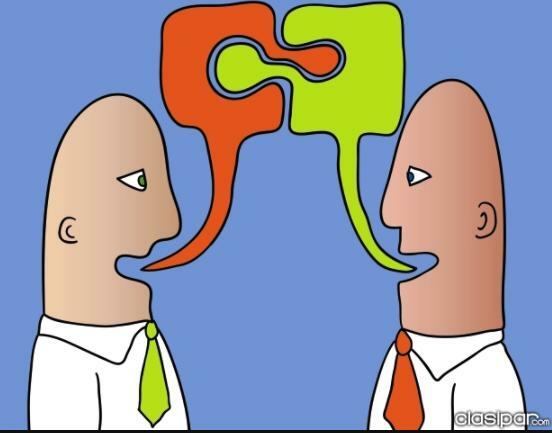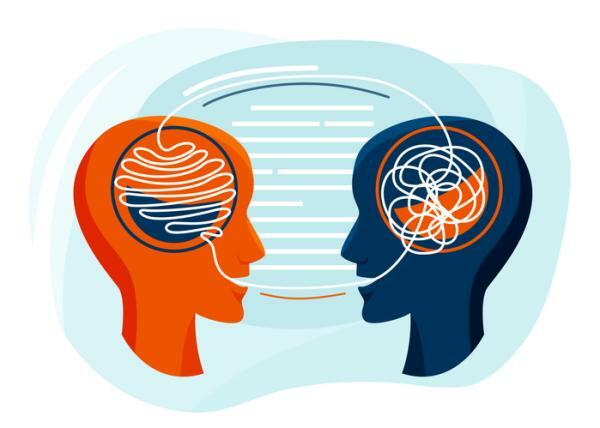
Proposed by theorists influenced by Gestalt Psychology ("cognitive" rather than behavioral point of view): Muzafer Sherif, Solomon Asch and Kurt Lewin. GESTALT suggested that the perceived world is actively organized in meaningful patterns, in "wholes" or structures (Gestalten), which prevail over the stimulus units of which they are composed: The perceived properties of the units are determined by the pattern or system of which they are part. People react to the patterns in which the perceptual world is organized, and not to isolated elemental stimuli.
Two ideas that meant liberation for Group Psychology:
- The whole is greater than the sum of its parts.
- People's reactions to the world are a function of how they perceive, understand or interpret said world (of the meaning that has been given to it through active cognition processes).
SHERIF, ASCH AND LEWIN: They argue that, although psychological processes reside only in individuals (group thesis rejection), there is a distinctive group psychology. Individual minds are qualitatively modified through group life.
Social interaction gives rise to new types of psychological properties that transform individual minds into socially structured minds. Group members create collective products (social norms, values, stereotypes, goals, beliefs), which are internalized by individuals, creating structures and forces sociopsychological in individual cognition. Group psychology is a part of the psychology of the individual. Individual minds are not formed in isolation but in social interaction "INTERACTION":
- Group psychology is produced by an interaction between individual psychological processes and social life.
SHERIF Study on "Social Norms":
- When two people interact with each other in "some kind of closed system", they become a total functional system (perceptual and behavioral), producing new "properties of the whole" (systemic and structural), which prevail over individual responses and modify. To demonstrate this, it was proposed to show how norms are formed in groups:
- Social Norm: "Prescriptive belief shared by members of a social group that specifies appropriate, expected, or desirable behavior." Sherif defines it as: "Customs, traditions, standards, rules, values, fashions, and all other criteria of conduct that are standardized as a result of the contact of individuals." From a theoretical point of view, he constructs them as shared and internalized frames of reference. The judgments are made with respect to a frame of reference: External: like an elephant, when it is taken as a standard of comparison with a mouse. Internal: your own personal experience (judging a day as hot if you are used to low temperatures and referring to your own experience as a framework).
In his classics experiments, put people in an objectively ambiguous situation, where there were no external frames of reference (the apparent movement of a light in a completely dark room). Over time, the individual's judgments stabilized until they fell within a particular range of distances and around a more frequent value within that range (personal norm). These tours varied from one person to another.
When two or three people got together to broadcast trials public successively, their responses gradually converged until a more frequent shared path and group value was established. They varied for each group, and their development was even faster if individuals were not given the opportunity to develop personal norms first.
"New and supra-individual qualities emerge in group situations": Even when individuals return to their initial isolation, they still take into account the shared group norm (socially structured forces operating in individual minds).
If you want to continue with empirical and experimental research in social psychology.
This article is merely informative, in Psychology-Online we do not have the power to make a diagnosis or recommend a treatment. We invite you to go to a psychologist to treat your particular case.


